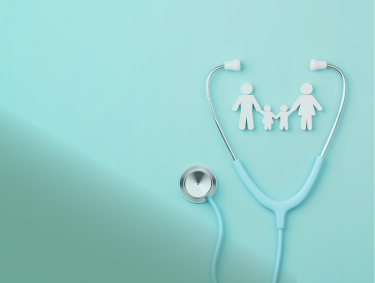Assisted Hatching
Assisted hatching is a helpful technique for embryos that might struggle to implant successfully due to a less-than-ideal environment. When a human embryo is exposed to challenging conditions, its outer shell can thicken and harden. This can make it difficult for the embryo to hatch properly, ultimately affecting its chances of implanting in the uterus.
Who Can Benefit from Assisted Hatching:
- Women aged over 38 years
- Elevated follicle-stimulating hormone (FSH) levels
- Thickened or abnormal zona pellucida (the outer shell of the embryo)
- Multiple unsuccessful IVF attempts
- Poor-quality embryos with excessive fragmentation
- Hardening of cryopreserved embryos
- Slowly developing embryos
Procedure Steps:
- Embryo Assessment: Prior to transfer, the doctor evaluates the health of the embryos.
- Assisted Hatching: A small opening is created in the embryo’s outer shell using laser or chemical methods to facilitate hatching.
- Embryo Transfer: The embryos that have undergone assisted hatching are then transferred into the uterus.
This technique aims to enhance implantation rates and improve the chances of a successful pregnancy.



